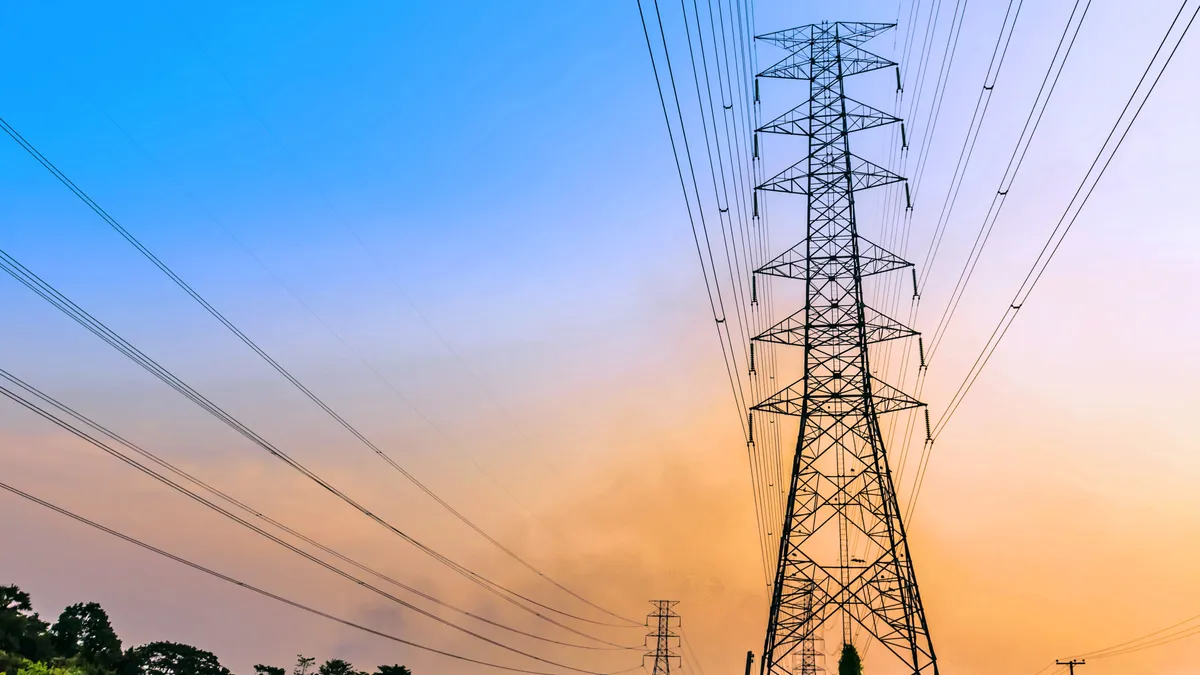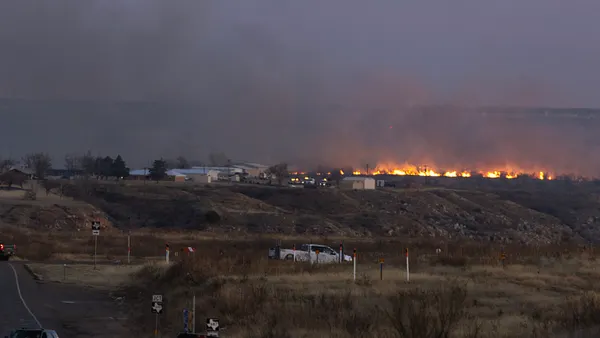There are five “significant evolving and interdependent risks” to grid reliability, and energy policy tops the list, the North American Electric Reliability Corp. said in a report published Monday.
Rounding out the five risks are grid transformation, extreme events, security and critical infrastructure interdependencies. Those four threats were all included in the 2021 version of NERC’s Reliability Risk Priorities Report, but energy policy is a new addition this year.
With increased legislative focus on decarbonization, decentralization, and electrification, energy policy is expected to drive rapid change, NERC’s report concludes. “There is an undeniable need to increase coordination and collaboration among all policy makers and regulators as well as on the owners and operators” of the bulk power system, it said.
The report was accepted by NERC’s board of trustees last week at its quarterly meeting. Board Chair Kenneth DeFontes called it the “best” report by the Reliability Issues Steering Committee to date.
The report draws attention to “some key, new risk profiles including the need to bridge important jurisdictional lines in energy policy and the interdependencies between our industry and other critical infrastructures,” DeFontes said.
Risks surrounding energy policy include “existing resource sufficiency requirements and underlying studies” which were based on a “pre-decarbonization paradigm that traditionally focused on peak capacity requirements and assumed energy sufficiency would result,” NERC said. “With a higher proportion of variable and renewable fueled resources evolving, this aspect of resource adequacy must be more specifically assessed.”
Increasing interdependencies between the gas and electric sector, and challenges in reliably incorporating aggregated distributed energy resources into the bulk power system, are also policy risks, the report said.
Along with increased communication and coordination between stakeholders, NERC recommended outreach to policymakers and regulators to increase awareness of the reliability implications of their policy decisions.
“In addition, education for the industry, as the developers of reliability standards, is needed to better understand the processes and implications of policy decisions,” the report said.
To address risks associated with grid transformation, NERC recommended operators ensure sufficient operating flexibility.
“System operators and planners should ensure that sufficiently flexible ramping/balancing capacity is available to meet the needs of changing patterns of variability and new characteristics of system performance,” the report said. “In future decades, growing storage and demand-side flexibility may help mitigate the concerns for flexibility and attention will turn to multi-day energy concerns, but intraday flexibility remains important during this transition.”
To counter risks from extreme events such as wildfires, hurricanes, heat and drought, the report recommends grid operators conduct “special assessments of extreme event impacts,” and “create simulation models, and establish protocols and procedures for system recovery and resiliency.” Planning and construction of transmission assets should also be accelerated.
To combat security risks, including physical and cyber threats, NERC should facilitate the development of planning approaches, models, and simulation methods “that may reduce the number of critical facilities and thus mitigate the impact relative to the exposure to attack.”
Critical infrastructure interdependencies, including gas pipelines, water resources and digital communications, should primarily be addressed through additional studies, modeling and the development of weatherization standards, the report said.
“The importance of the critical infrastructures interdependencies ... show potential reliability risks can be magnified when in isolation,” Soo Jin Kim, NERC vice president of engineering and standards and liaison to the RISC, said in a statement.
NERC should also investigate the feasibility of “potential infrastructure improvements, such as feeder segmentation required to facilitate more pinpoint control of load during emergencies in order to increase the amount of load available for rotating outages,” the report said.















